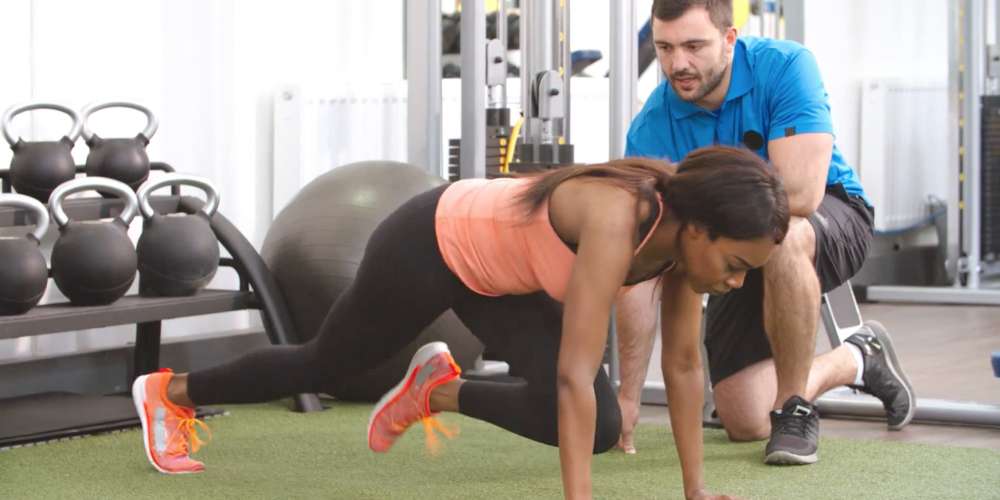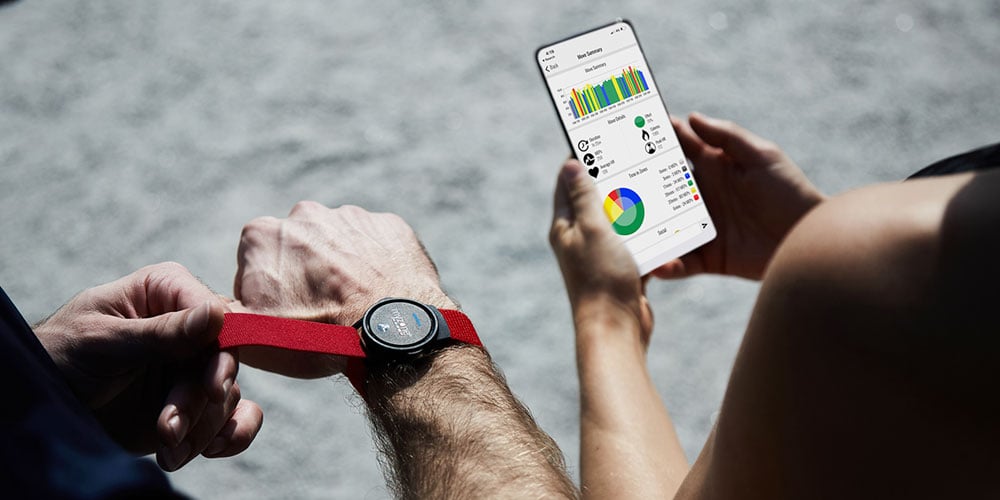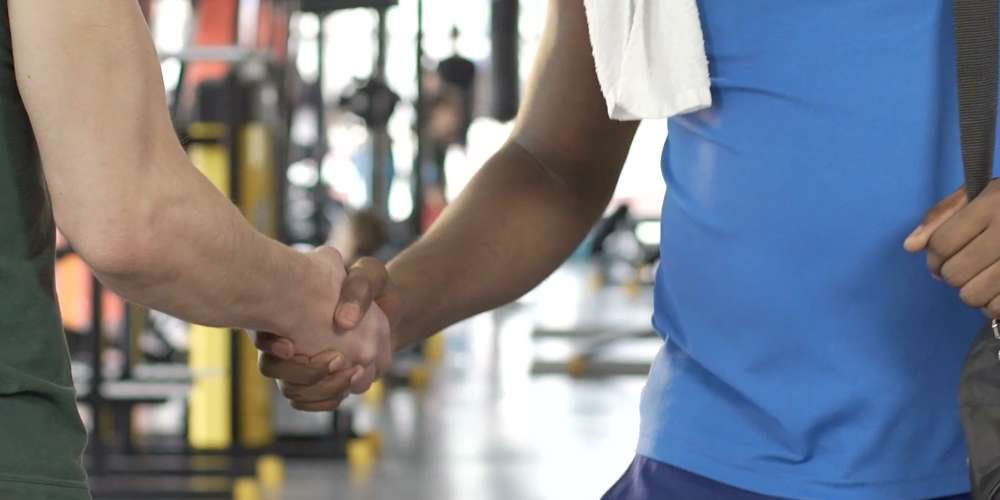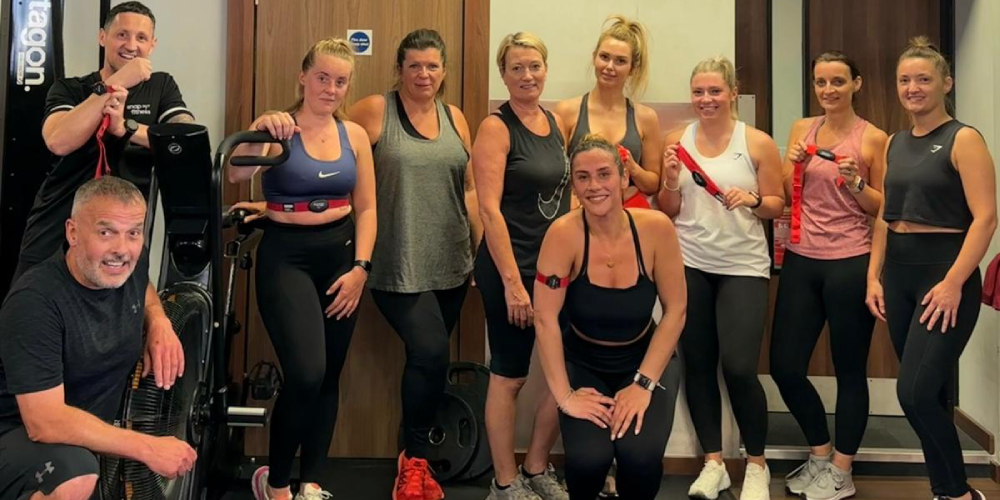4 tips for the future of personal training and fitness professionals
It's an evolutionary time for the fitness industry, with key shifts in mindset to ensure gyms and personal trainers are best serving their members and clients.
Myzone helps level the playing field with heart rate monitors and its training app, but we need to partner with more people to bring genuine inclusivity into fitness and wellness for the long term.
Below, read four tips for the future of personal training and fitness professionals, that will help ensure gyms and studios evolve for the benefit of everyone's health and wellness.
What are some of the most important things to know as a fitness professional or personal trainer?
“People choose to enter the sector for good reason," says James Luscombe, managing director of UK personal trainer course provider, Study Active. “After all, getting paid to help people achieve fitness goals is very rewarding. The old quote ‘find a job you love, and you will never work again’ springs to mind.
“However, those interested in jumping on board this dynamic sector should realise a few key things. Firstly, getting a qualification takes time and dedication. There is no quick fix (despite what some companies may say) and it is never a case of ‘I know it all already.’

“A personal trainer qualification is a professional course that will take time to study and complete. It can be a tough journey and that’s why choosing a properly quality assured provider is key.
“CIMSPA is the professional body for our sector so before choosing a course, one should make sure that they choose a CIMSPA endorsed qualification from a CIMSPA endorsed provider.
“To ensure this, I would advise anyone looking to study Personal Training to go on to the CIMSPA website directory and search for a provider with “Training Provider Partner” status. This way one can have the peace of mind that they will be supported on the journey ahead by a properly endorsed provider.
“It’s worth doing this research first rather than jumping in with the first company that you find. There are some very persuasive salespeople out there – so don’t rush, take your time and make the best decision for you.”
What improvements can be made in health and fitness education?
“I think the key message here is that learning is a lifelong process,” continues James. “We never stop learning and anyone who thinks they know it all is wrong – we all need to learn and develop because the sector is rapidly developing, so we all need to keep up.
“We cannot expect a PT qualification to cover trends that do not even exist yet – further continuing professional development is needed as trends develop. This is especially true of technology.
“When I started my career as a PT over 20 years ago, a pair of digital scales was considered innovative, nowadays however there are pieces of tech so advanced that they were not even considered possible in previous years.
“Myzone heart rate training is a good example of this. Basically, as technology evolves, CPD must evolve with it. For this reason, it is good to see CIMSPA and awarding bodies like Active IQ engaging with employers to find out what these trends are and plotting how education can evolve to address these innovations.”
How can we encourage more older adults to choose personal training as a profession? Or what can gym operators do to incentivise PTs to stay?
“I get asked a question on this all the time: ‘Am I too old to be a PT?’ My answer is always: absolutely not!
“A more mature adult has invaluable life experience which is a real attribute when it comes to working with people (after all, we are in a people-focused, customer-centric sector).
“Also, a real advantage is that a mature adult would most likely prefer to be trained by someone of a similar age, as opposed to someone 20 years younger.
“Since mature adults make up a big segment of the market, it is in fact a real USP to be a mature PT. When I sit down and explain this to someone it is often the case that they overcome this perceived barrier almost immediately.

“The sector could do more to promote this. The trouble is that we are seeing on Instagram super fit, fitness models in their early 20s and this therefore is what many perceive the industry to be like – when those working within the sector know it is not!
“If the sector could portray the image of a typical PT to be more eclectic than just that of a young fitness model, then we could start to see this perceived barrier reduced for mature adults wishing to qualify as a PT.”
What do you think it's going to take to get more people physically active?
“Health is the new wealth, and a key part of this is physical activity – that must be the message. It’s not necessarily about being super strong, super-fast or super fit, more so that we’re active enough to meet daily activity guidelines, thus contributing to our overall health and wellbeing.
“I think from a health promotion perspective that this is the message – it goes back to my previous comment about social media – if we portray that fitness is only for the super fit then that excludes a huge chunk of society.
“Fitness is for everyone, and this is the inclusive message that needs to go out. This is why, in my opinion, PTs should not restrict their knowledge to knowing how to train other people, they must be motivators, behaviour changers, exercise psychologists and health promoters.
“If fitness is to be for everyone, we need to include everyone when we reach out to promote being active. This, of course, is a big focus we always place when training our PTs as we want them to be inclusive and proactive as they strive to deliver the ukactive mission.
“The more people we can get active, the more need there will be for properly qualified and skilled Personal Trainers – and this is where Study Active plays its part.”
For more information about taking a personal trainer course, visit the Study Active website.
Share this
You May Also Like
These Related Stories

Next generation of personal training qualifications with Study Active

Snap Fitness on how to inspire community, communication and commitment



